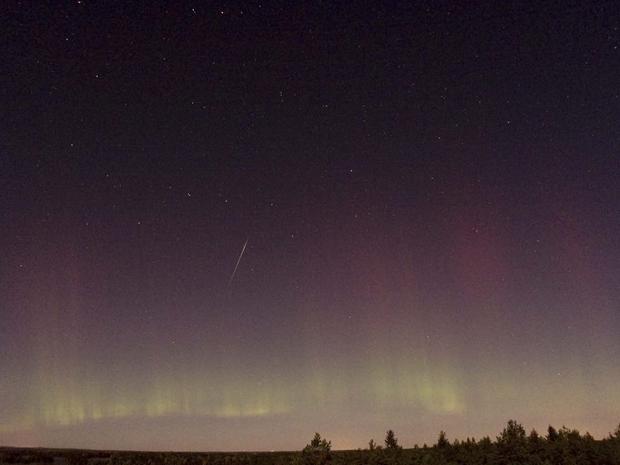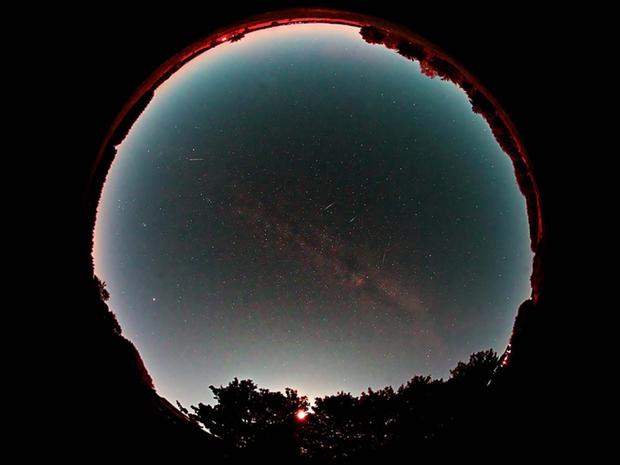The Draconid meteor shower: From bust to the best
It was a bust in the United States but the annual Draconid meteor shower offered a field day for amateur astronomers around the world to record stunning images.
Earlier, there had been concerns that the bright moon would make it hard to view the shooting star display. That was in North America, where viewers had a hard time making out the meteor shower during its peak, which occurred during the daylight hours over the continent. (Peak activity was registered around 4 p.m. EDT, when the hourly rate was reported to be around 300 meteors. though SpaceWeather.com reported a peak rate elsewhere of about 660 meteors an hour.) But around the world, especially in Europe, photographers were out in force as they took advantage of some brilliant sky effects
The comet shower was part of a regular cycle caused by the Comet Giacobini-Zinner, which swings through the inner solar system each 6.6 years, creating a filament of dust that generates a network of filaments that Earth encounters every year in early October.
Joe Rao, who serves as an instructor and guest lecturer at New York's Hayden Planetarium, wrote in Space.com: noted that while North Americans could not view any of the meteors, they still could listen to the Draconids over the radio.
"Since the luminous trails that are produced as the tiny dust particles shed by the comet zip through Earth's atmosphere at 12 miles per second (19 km per second) they make effective reflectors of radio signals. This allowed radio amateurs to listen for the sound of distant radio signals that are briefly "bounced" off the ionization trails caused by these meteors; they sound like "pings" or "whistles," he noted.
If you want to learn more about the Draconid meteors, this NASA explainer is a good place to start.


